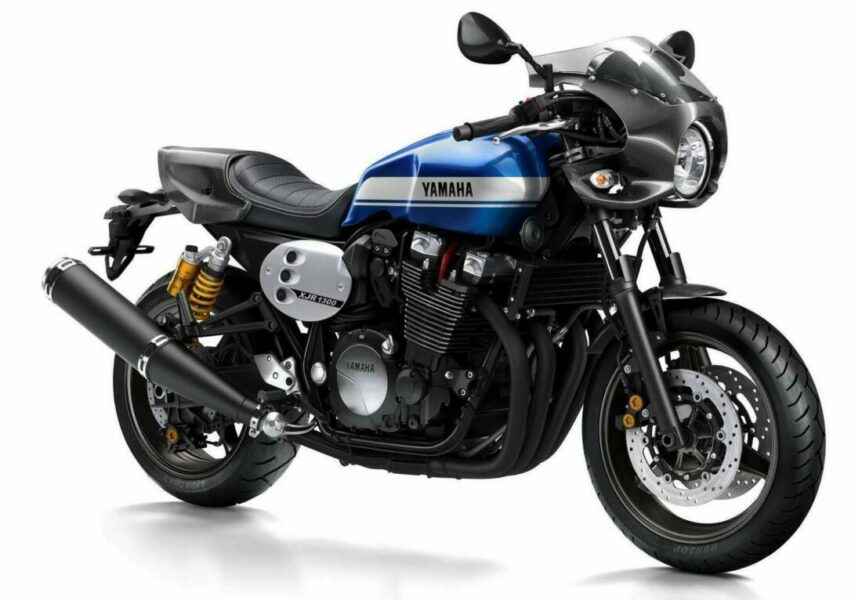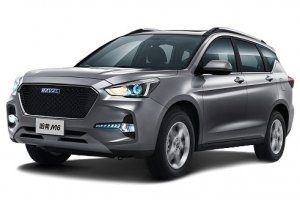
Yamaha XJR 1300 / Racer
At Yamaha, they follow trends or even dictate them. Like a few others in the industry, they recognize that the motorcycle environment has become heterogeneous over the past decade. There are no longer two or three segments of motorcycles, motorcyclists today choose motorcycles according to their lifestyle. Moreover, motorcycles reflect or confirm this, and in the overwhelming majority of cases, the power of the cars no longer plays a decisive role. Pleasure, fun and companionship are becoming more and more important. Therefore, in search of inspiration, some motorcyclists return to the past, to motorcycling, when motorcycles were much simpler than modern rockets. This is followed by separate processing workshops. Thus, in recent years, we have witnessed an expansion of the user scene of café racers and similar gadgets. The XJR is no exception, as it was redesigned at the famous Wrenchmonkees workshop as part of the Yamaha's Yard program.
Looking for a Role Model The refreshed XJR, which comes in two versions, Standard and Racer, draws inspiration from the designs of the late XNUMXs and XNUMXs, when motorcycle lines were as simple as materials. It was the time of the first superbikes, refined road bikes with narrow fuel tanks, long seats and dials on the sides. These bikes are now a great base for retooling and this was the guiding principle in the design of the updated XJR. At Yamaha, they want to combine this with the new XJR: add new proprietary technology to a simple motorcycle, and all of this is the basis for further modifications, for which Yamaha is preparing many accessories.
The large air-cooled motorcycle has continued to be produced since the first XJR 1200 model was introduced in 1995. Twenty years is a long time, from a technological point of view we are talking about light years of progress and change. And it is on this map that the new Yamaha plays. It's not a gem of technology, but it has a soul. It doesn't offer an abundance of information about the classic pair of round counters with a white needle on a black background and white numerals. It does not have ABS (not even optional until 2016), various tuning programs or any other electronic means. It's a completely different bike compared to the new R1 we tried the next day, and you can see in practice what steps the motorcycle industry has taken. But beware, boys and girls, if you think this is a tale from the stone age, you are very wrong! The right machine for real motorcyclists The XJR has always been considered the right machine for real motorcyclists.
The air-cooled inline four-cylinder engine, nothing hidden behind the plastic armor, runs charged. Okay, this one now with a hundred "horses" is no longer so pronounced, but it is enough to show itself in the most beautiful light on the winding coastal road around Wallongong (home of superbike champion Troy Corser). It pulls strongly even at low revs, delivering power as well as smooth and smooth shifting. Right. Fuel injection works fine. The XJR may only be offended by the slightly muffled whistling sound that doesn't reflect the bike's character. Yeah, Akarapovich's exhaust (on the Racer model) is much better. Thus, it has excellent torque reserve no matter which gear you are in.
Even the 240-pound Yamaha is heavy by today's standards, and the weight shift is felt in tight corners of the Australian countryside. Therefore, the correct old school handlebar is wide, as it neutralizes weight well in the hands. The driver's position is also appropriate, easy. On the Racer, which has an old-school clamp style handlebar, the spine will suffer over long distances. But sometimes you have to be patient for a job, right? The Öhlins suspension is adjustable and together with the frame makes a good kit that can also be dealt with with a solid brake.
In design, they have played with a modified fuel tank, which is now smaller in size, which tapers sharply at the rear towards the seat to emphasize the mechanical elements of the unit and thus further emphasize the character of the motorcycle. The appearance of the new Yamaha XJR has changed so much that it does not work classically, I would say it is a cafe racer, but it is definitely such a model version of the Racer. And already in the factory version, this is a decent retro motorcycle.
text: Primož Ûrman
